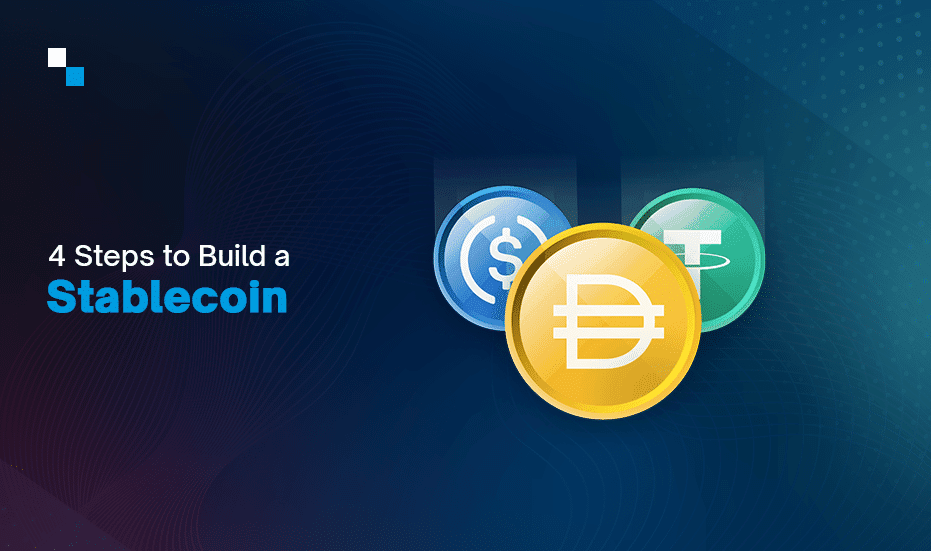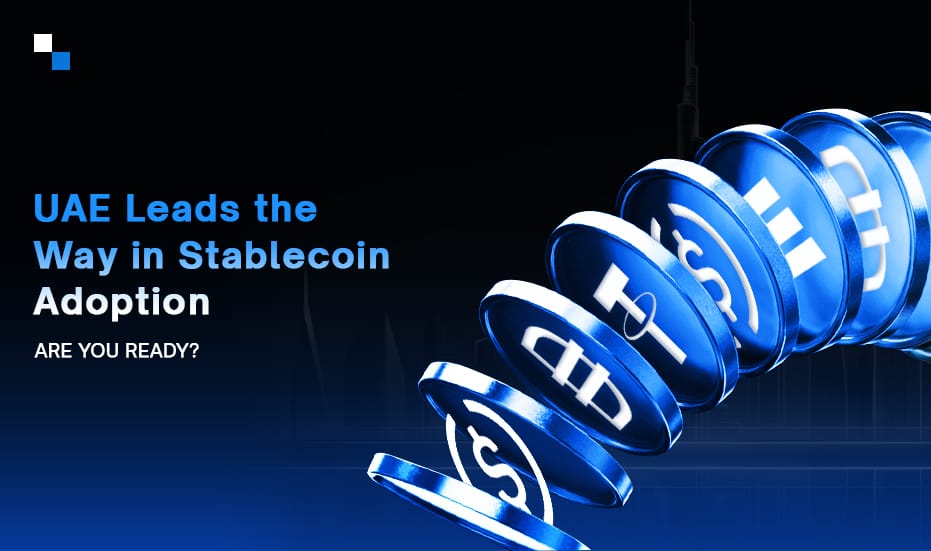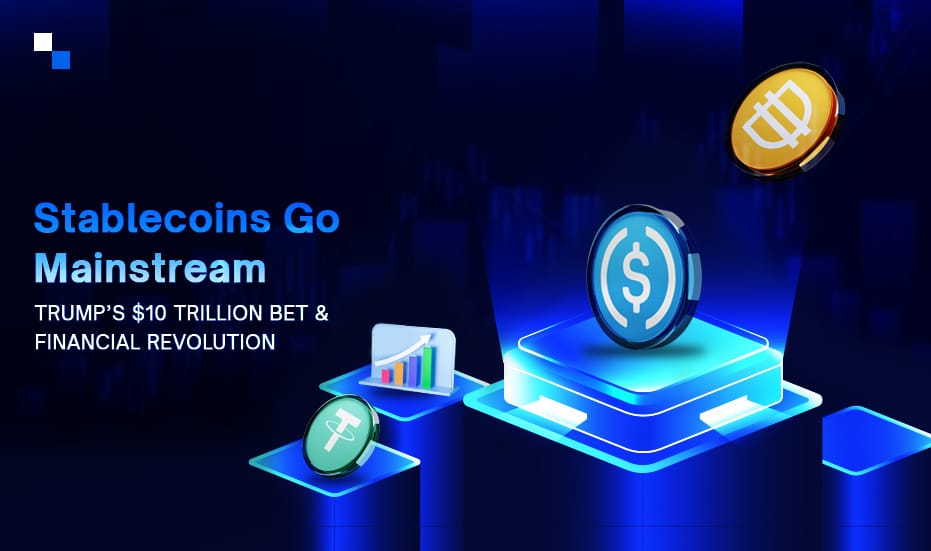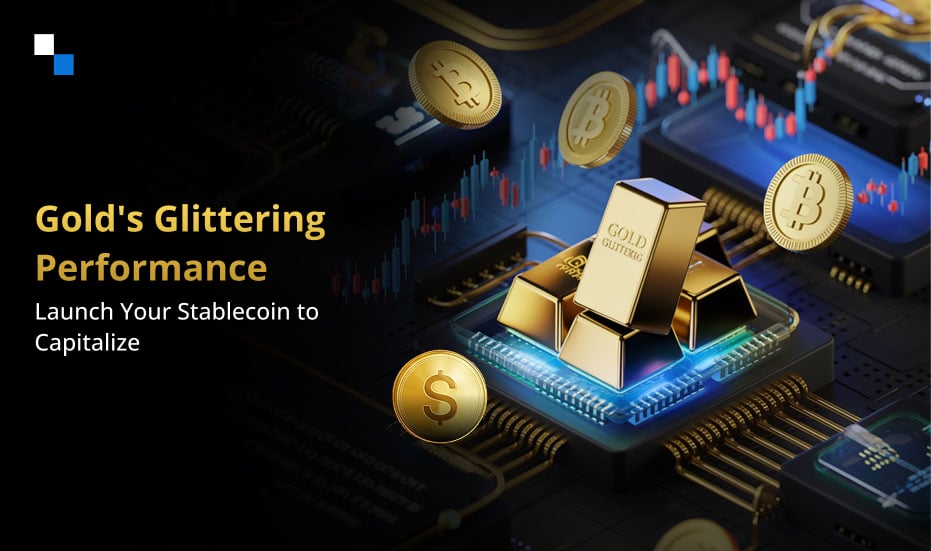
Understanding DeFi Lending and Borrowing
February 18, 2021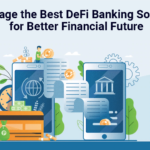
Role of DeFi Banking Solution in the Economic Development of the World
February 19, 2021Table of contents
A stablecoin is a type of cryptocurrency that is either backed by particular assets or algorithms to control their supply based on demand, thereby enabling price stability.
The first stablecoin was introduced in 2014, and the currency has gained significant traction since then. Currently, the total market capitalization of stablecoins is around $180 billion. The remarkable growth of stablecoins is attributed to benefits that they offer – such as speed and security of transactions while eliminating the volatility of most cryptocurrencies. Owing to this, the demand for stablecoin development has been high.
Understanding Stablecoins
Popular crypto assets like Bitcoin (BTC) and Ether (ETH) are plagued with high volatility. Volatility means the uncertainty related to the value of assets. Highly volatile cryptocurrencies vary in price over time in either direction. Even the popular cryptocurrencies vary by over 10% when the market is unstable, thereby affecting their use as a medium of exchange, which means that the cryptocurrencies are not suitable to purchase and sell goods and services.
An asset, which has to be used as a currency, should behave as a medium of exchange, a store of value, and a unit of account. The most significant benefit of a stablecoin is its ability to be used as a medium of exchange, which bridges the gap between cryptocurrencies and fiat currency.
Most of the stablecoins are either pegged to a fiat currency, such as the United States dollar, or a specific commodity like gold. This means that their price is fixed. This means that if a stablecoin is pegged to the U.S. dollar, the value of one stablecoin will be equivalent to the value of one U.S. dollar. People holding stablecoins and fiat currency are aware of the fact that the purchasing power of their currencies will not be affected frequently and these currencies can be used to facilitate the purchase and sale of goods and services.
As stablecoins offer the best of both worlds – stability of fiat currencies and ownership of cryptocurrencies – they make an ideal option. The increasing number of ventures of stablecoin development is a testament to the same.
Develop your Own Gold Backed Stablecoin
Schedule Free DemoStablecoin vs. Traditional Currencies
| Stablecoins | Cryptocurrencies | |
|---|---|---|
| Volatility | Minimum | Can be extremely high |
| Monetary policy | Akin to fiat currencies or commodities | Based on the blockchain protocol |
| Properties | Store of value, medium of exchange, unit of account | Vary from one cryptocurrency to another. For example, Bitcoin has a property of store of value whereas other cryptocurrencies can be seen as a medium of exchange |
| Backing | Backed by assets in reserves or through algorithms | Not backed by any commodity or metal |
| Control | Most stablecoins are controlled by a central authority | Most cryptocurrencies intend to be decentralized |
Advantages of Stablecoin
Stablecoins offer the following advantages over cryptocurrencies and fiat currencies
-
- Transparency and security
Stablecoins are more secure and transparent compared to fiat currency and cryptocurrencies. This is one of the major reasons contributing to the growth of stablecoin development.
-
- Cost-efficient transactions
Stablecoins can be utilized as a currency, and they enable cost-efficient transactions compared to fiat currencies. In addition, stablecoins can be used on a network of applications that provide higher yields compared to traditional savings accounts.
-
- Accelerated transactions
Stablecoins enable faster and cheaper cross-border transactions. In addition, they can be seamlessly traded for fiat currency on crypto exchanges since they are highly liquid and widely accepted on exchanges.
steps to build a stablecoin
As new use-cases of stablecoins continue to evolve, businesses need to create relevant and intelligent strategies for stablecoin development, considering their business objectives.
The following are 4 main steps to navigate your stablecoin development journey:
Step 1: Create a strategy
Stablecoins are of four types – fiat-backed, commodity-backed, cryptocurrency-backed, and algorithmic or hybrid stablecoins. Each category has different attributes, such as:
Fiat-backed stablecoins
- Backed by fiat currencies like the U.S. dollar
- Maintain reserves in fiat currencies
- Maintained and audited by central entities
Cryptocurrency-backed stablecoins
- Backed by other cryptocurrencies
- Overcollateralized to ensure they maintain their peg even during the time of high volatility
- A decentralized version of fiat-backed stablecoins
- Can be created using smart contracts with no central authority to control them
Commodity-backed stablecoins
- Blockchain-based representation of commodities
- Backed by reserves held by a central entity
- Commonly collateralized by gold
Algorithmic stablecoins
- Rely on complex algorithms
- Use smart contracts and supply and demand to achieve price stability
- Function as central banks
Analyze your business requirements to decide upon the type of stablecoin you want to create.
Create Your Own NFT Marketplace for All Types of Assets.
[widget id=”custom_html-3″]
Step 2: Create a whitepaper
One of the important steps in the stablecoin development process is creating a whitepaper. A whitepaper is essential to communicate a business idea and solution to potential investors. Thus, it is paramount that the whitepaper has clear, concise, and accurate information about your idea, technology, tokenomics, and other details related to your stablecoin.
Step 3: Create a coin
This is the step when the token is created. The type of the coin is crucial at this point as you need to maintain a reserve based on the coin’s type. For example, you need to maintain fiat deposits if the coin is backed by fiat. Similarly, the gold deposit has to be secured with a vault service provider if the coin is backed by gold.
Step 4: Launch and market the coin
Once the coin is developed and deployed on the blockchain, it is time to launch it into the market. Moreover, it is essential to market the coin well to expand its reach. Thus, create a multi-channel marketing strategy and leverage different channels to market your coin among your target audience to command the attention of your potential investors.
How do stablecoin companies make money?
After stablecoin development, companies can employ the following methods to make money:
-
- Charge fees on issuance or redemption
Companies that follow this model charge a fee for issuing and redeeming their stablecoins in turn for underlying fiat collateral.
-
- Short-term lending
The companies lend a portion of the reserve assets and lend them to others to earn interest. This method is akin to bank’s conventional lending process to earn from the interest.
How do stablecoin users make money?
The following are a few prominent ways through which stablecoin users make money:
-
- Margin funding
Users can lend their stablecoins to margin traders in exchange for a specified interest rate. Many exchanges act as an intermediary to help users connect with margin traders.
-
- Interest
Many companies allow stablecoin users to deposit their assets into their interest accounts. The stablecoin balance in such accounts earns interest.
Why choose Antier Solutions for stablecoin development?
Antier Solutions is a reliable blockchain development company equipped with deep domain knowledge and a breadth of experience. We are backed by a team of seasoned blockchain engineers and subject matter experts to navigate and accelerate your stablecoin development journey. Whether you need a gold-backed stablecoin, fiat-backed stablecoin, or any other type of stablecoin, we offer mission-driven services to successfully cater to your requirements.
Schedule a free demo of one of our stablecoin development projects or connect with our subject matter experts to share your business needs.
